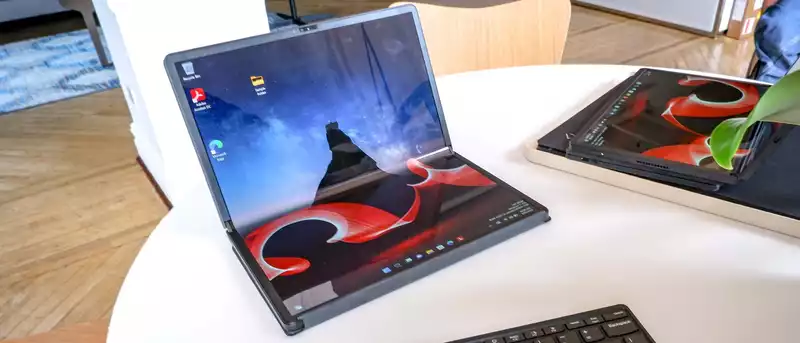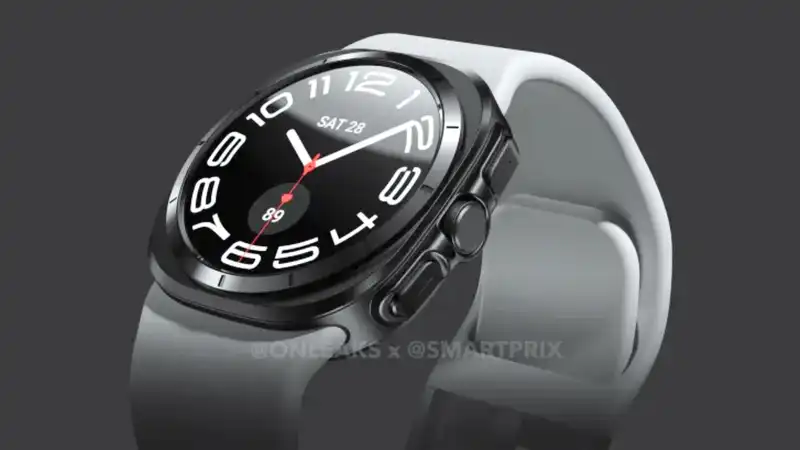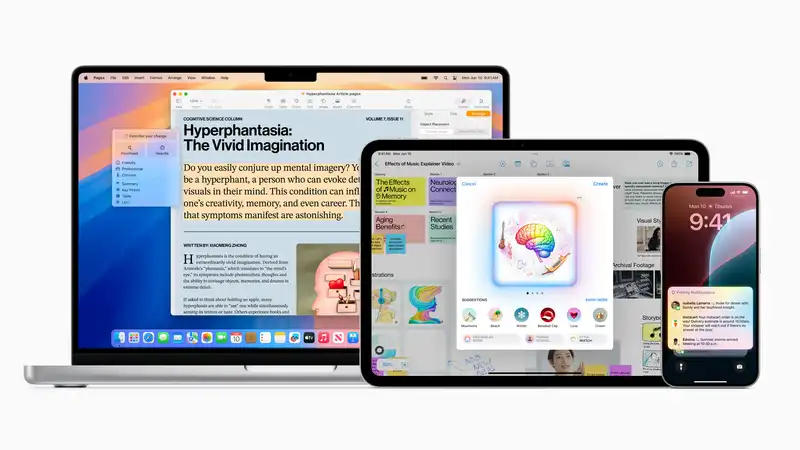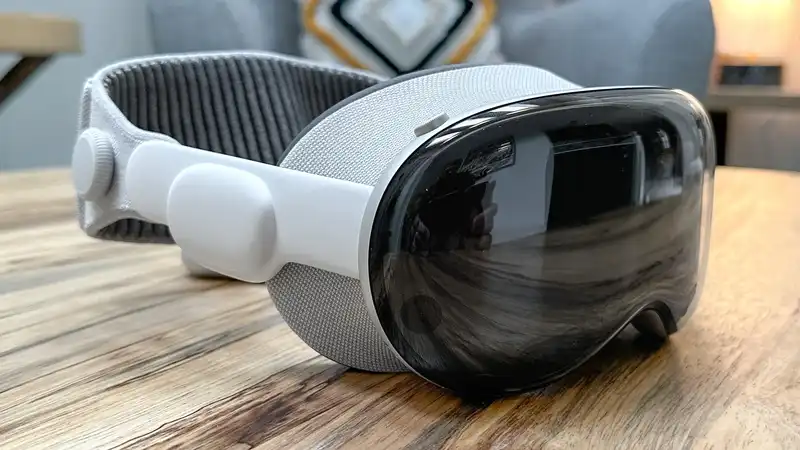The new ThinkPad X1 Fold 2022 is an improvement in many ways over its innovative but underwhelming predecessor. For one, the screen is 25% larger, from 12.9" to 16.3" on the ThinkPad X1 Fold 2020. This makes a huge difference, whether the device is propped up on a stand to review documents or folded in half for use as a 12" clamshell laptop.
Speaking of which, the optional keyboard on this foldable laptop is now full-sized, so you won't feel like you're typing on a tic-tac. Specs have also been enhanced, with the new ThinkPad X1 Fold featuring a 12th generation Core i5 or Core i7 U-series processor, up to 32GB of RAM, and up to 1TB of storage.
Lenovo also trimmed the bezels and made the overall design thinner while maximizing the durability of the device, which supports five different modes. But at a starting price of $2,499, it is a very expensive slice of the future, not including the keyboard and pen.
So has Lenovo done enough to push this nascent category forward and produce one of the best laptops? I had the chance to touch the ThinkPad X1 Fold 2022 in person, and it is definitely a step in the right direction.
The ThinkPad X1 Fold will be available in November, with prices starting at $2,499. However, if you want to get the most out of this foldable, you'll want to get the more expensive $2,999 configuration. This includes the keyboard, pen, and stand.
The new ThinkPad X1 Fold is big and small at the same time. Unfolded, it becomes a large 16.3" tablet. In clamshell mode, it becomes a 12" mini laptop. When all folded, the device weighs just 2.8 pounds and is 0.68 inches thick. While not portable enough to fit in a front pocket like Samsung's Galaxy Z Fold 4, the X1 Fold is surprisingly compact considering the area it takes up when opened.
One welcome improvement is the new bell-shaped system hinge, which allows the large OLED panel to fold flat. The result is an overall thinner design. However, despite the more than 200 moving parts, it feels solid and durable.
Don't expect much in the way of ports: two Thunderbolt 4 ports, one USB-C 3.2 Gen port, and that's it; there's also a nanoSIM card tray if you want to add 5G connectivity.
The ThinkPad X1 Fold is designed to meet MIL-STD-810H standards for shock, vibration, and high temperature durability. How tough this device will be in everyday use remains to be seen, but the point is that it meets the same standards as other ThinkPads.
The ThinkPad X1 Fold has a beautiful 16.3" OLED display with 600 nits of brightness and Dolby Vision support for compatible content. Up close, this panel is vibrant and colorful. The bezels on the new X1 Fold are still noticeable, but thankfully slimmer.
The folds on the ThinkPad X1 Fold are noticeable when held in the hand, but fade into the background when the system is in docked mode. If you want a really big screen in portrait mode, portrait mode is useful for reading long documents, surfing the web, or scrolling on social media sites.
With a device as versatile as this, it wouldn't hurt to know the different ways to use the ThinkPad X1 Fold. The display opens up to a 16-inch panel that can be used in landscape mode with the keyboard attached. It can also be rotated to portrait mode when more vertical space is needed.
The mode I would most like to try out on the go is laptop mode, which makes it a 12" clamshell. An optional keyboard can be attached if you don't want to type on the touchscreen.
Other modes include book mode (with the screen partially folded down) for reading and tablet mode, which is best for when you want to hold this large screen in your hand and use the optional pen.
The biggest change to the ThinkPad X1 Fold, besides the larger display, is the inclusion of a 12th generation Intel Core i5 or Core i7 chip. This is not the watered-down Lakefield chip found in previous X1 Folds.
As such, you can expect the same U-series level of performance as other premium ultra-portable notebooks. It can be upgraded to up to 32GB of RAM and 1TB of PCIe SSD storage.
We'll have to see how well the X1 Fold performs in our tests, but it definitely has the potential to be the only PC of its kind. At this price, it should be.
For video calls, the ThinkPad X1 Fold has a 5MP RGB+IR camera. Additionally, there is an Intel Visual Sensing Controller option, which is an AI chip that automatically recognizes the user and allows the system to boot and log in without touching the device.
Other features include onlooker detection, which notifies you if someone is looking over your shoulder, and a walk-away lock that prevents unwanted access to your data.
The ThinkPad X1 Fold comes standard with a 48 Whr battery, which is smaller than the previous model's 50 Whr. However, an optional extra battery can be purchased to increase the battery by an additional 16 Whr.
The first X1 Fold lasted only a little over 6 hours in a web surfing battery test.
The ThinkPad X1 Fold is an improvement in almost every respect, but it is still difficult to understand who this device is for. At 12 inches, it is a bit too small for a clamshell laptop, and at 16 inches, it is not big enough when put back on a desk. Therefore, it should only be someone who really wants a laptop with a foldable screen and the versatility it brings.
The enhancements here, such as a full-size keyboard, faster processor, and thinner bezel all look good. And I would love to try this foldable laptop myself. But with a price tag of $2,499 ($3,000 for the keyboard and pen), it seems a tough sell even to the bravest early adopters.
For a review of the ThinkPad X1 Fold, see.
.









Comments